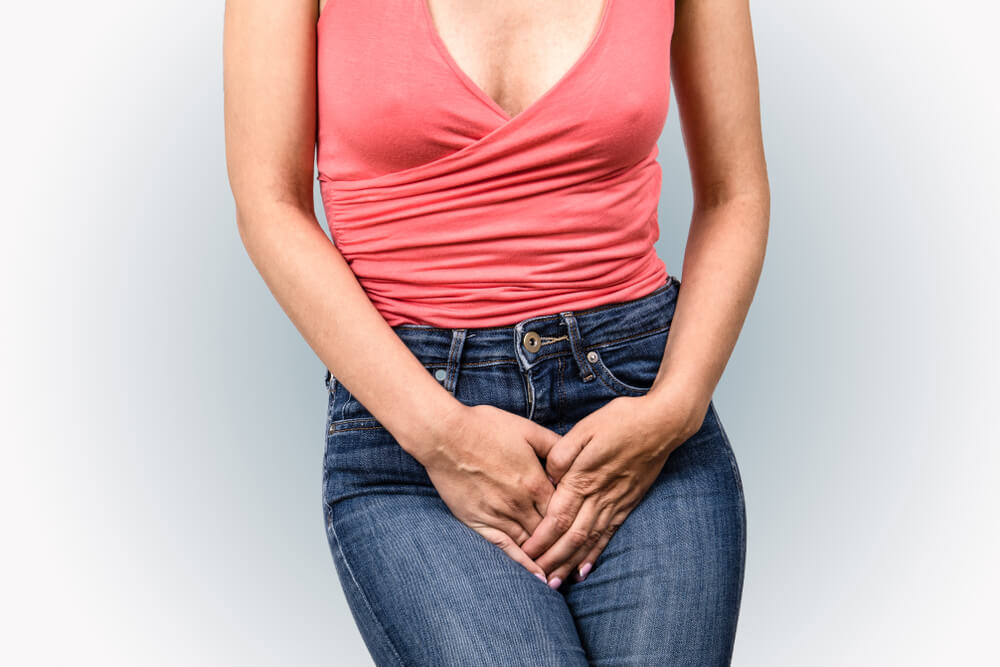Uncontrollable, involuntary urinary leakage is generally referred to as urinary incontinence. Experts say that urinary incontinence is not only a medical issue but also something that can affect the person psychological, social life, and emotional state. Loosing urine when you do not want to is embarrassing for people to talk about, making it hard to estimate how many women are actually affected by this condition.
Typical everyday activities can be quite challenging for people who suffer from urinary incontinence, which can significantly impact the quality of their life, happiness, and satisfaction.
Although it sounds very challenging, there are urinary incontinence treatments; this condition is not only connected to getting older or having children but other factors as well.
Due to the fact that urinary incontinence is more common in women than in men, women need to monitor their reproductive health status regularly. Fortunately, the services of gynecology in Pembroke Pines are many. One of the more popular options currently is the ACE OBGYN LLC clinic, which offers high-quality services concerning different issues, including urinary incontinence, so it is worth a try.
Urinary Incontinence Types
There are different urinary incontinence types, and they are all linked to the cause of the condition:
Urgency urinary incontinence is an intense and sudden urge to urinate, and urine leakage occurs at that time.
Stress urinary incontinence is when the urine leaks while the person is coughing, doing a bit more strenuous activity, laughing, running, etc.
Overflow urinary incontinence occurs when the bladder is not completely emptied and the surplus of urine leaks.
Complete urinary incontinence is the inability of the bladder to store urine.
Functional urinary incontinence occurs when the urine leakage starts because the person did not reach the toilet in time due to a mobility problem.
Mixed urinary incontinence is a combination of other types of this condition.
Causes of Urinary Incontinence

As mentioned, the categories of urinary incontinence in the urinary tract are based on the direct cause of each type. Below you can find a more detailed explanation:
Urgency urinary incontinence is caused by either an inflammation of the bladder lining called cystitis, a neurological condition such as MS, a stroke, or Parkinson’s disease. Also, the person could have an enlarged prostate which makes the bladder drop, and the urethra irritated.
Stress urinary incontinence is usually caused by pregnancy, menopause, weakness of muscles due to hormone decrease, age, hysterectomy, or being overweight.
Overflow urinary incontinence occurs when there is a blockage towards the bladder. A tumor, an enlarged prostate gland, urinary stones, and constipation can all cause the blockage.
Total urinary incontinence can occur because of an anatomical defect from birth, a spinal injury that impaired the nerves connecting the brain and the bladder, a fistula, etc.
Other causes include alcohol, urinary tract infections, medications such as muscle relaxants, diuretics, and the like.
When Does Urine Leakage Occur?
The most common symptom of urinary incontinence is, of course, urine leakage. Still, the timing and location of the leak depend entirely on the type of incontinence the person is suffering from.
When it comes to urinary stress incontinence, it is important to note that stress in this context means something physical rather than mental. When additional pressure is placed on the bladder, leakage might occur. The activities include heavy lifting, coughing, sneezing, exercising, etc.
The second most common type is urgency urinary incontinence, and experts refer to it as an overactive bladder, meaning that when the urge occurs, it cannot be controlled or stopped. This can happen when the body position is suddenly changed or when the person hears the sound of water running or during sexual intercourse or during the urge to void immediately
Overflow urinary incontinence is more common in men because prostate gland issues can cause bladder troubles. The bladder itself cannot hold a lot of urine, or it cannot be completely emptied, which causes urine leakages.
Functional incontinence is a very specific type of this condition because the person is very well aware they need to urinate, but they usually have a mobility issue that prevents them from reaching the toilet in time. These issues can include dementia, confusion, poor eyesight, bad dexterity, anxiety, and similar.
Factors of Risk
As with most medical conditions, different risk factors can affect the development of a particular condition and speed it up. In the case of urinary incontinence, here are the most common risk factors:
Smoking can lead to issues like coughing and cause urinary incontinence.
Gender is a very known factor, with 30% of women between the ages of 30 and 60 suffering from this condition (only 1.5% of men in this age group suffer from it).
Obesity puts a lot of pressure on the bladder and the muscles, so leakage occurs when the muscles are weakened.
Age is a risk factor because the muscles and the bladder weaken as the person grows older.
Certain conditions can be risk factors such as kidney disease, neurological conditions, diabetes, spinal cord issues, prostate disease, urinary tract infections, etc.
Diagnosis
There are different ways which are used to diagnose the condition, such as a bladder diary (to monitor the symptoms, frequency, daily habits, and the like), physical examination, urinalysis, blood tests, pelvic ultrasound, stress tests, cystogram, cystoscopy, urodynamic tests, PVR measurements, etc.
Please contact your chosen doctor as soon as you notice something is not right because a correct diagnosis is half of the treatment process.
Urinary Incontinence Treatment
Treatment of this kind of condition depends on different factors, such as the cause of the urinary incontinence, the patient’s age, health status, mental health, daily habits, and so on.
For certain types of urinary incontinence, there are different urinary incontinence exercises for females, also known as Kegel exercises, which help strengthen the pelvic floor muscles and control the urination process.
You can also train your bladder with exercises such as delaying urination to control the urge, double voiding, i.e., urinating twice in short intervals, or creating a toilet timetable, where you schedule the bathroom visits, for example, every three hours. This helps affected individuals regain control over their bladder.
There are also different medications for this condition, but they need to be prescribed by your chosen doctor. These include anticholinergics, topics estrogen, antidepressants, etc. Different medical devices created for females are also often used, such as urethral inserts, pessaries, Botox, therapy with radiofrequency, nerve stimulators, bulking agents, etc.
Surgery is also something doctors recommend when the condition reaches severe stages, and it is most often an option when all other treatment approaches fail. The surgeries include colposuspension or lifting the bladder, a sling procedure where a mesh is inserted underneath the bladder for support, or an artificial sphincter to control the urine flow.
Absorbent pads are also an option, and some women agree to insert a urinary catheter, so the urine is collected into a bag located externally.
Call Us!
Whether you decide to take medication, do urinary incontinence exercises for females, or explore further treatment options when it comes to urinary incontinence, it is of the utmost importance to have support from your chosen doctor. Call us and schedule an appointment, so you can get the best possible results from all the efforts you put in to handle your condition.


